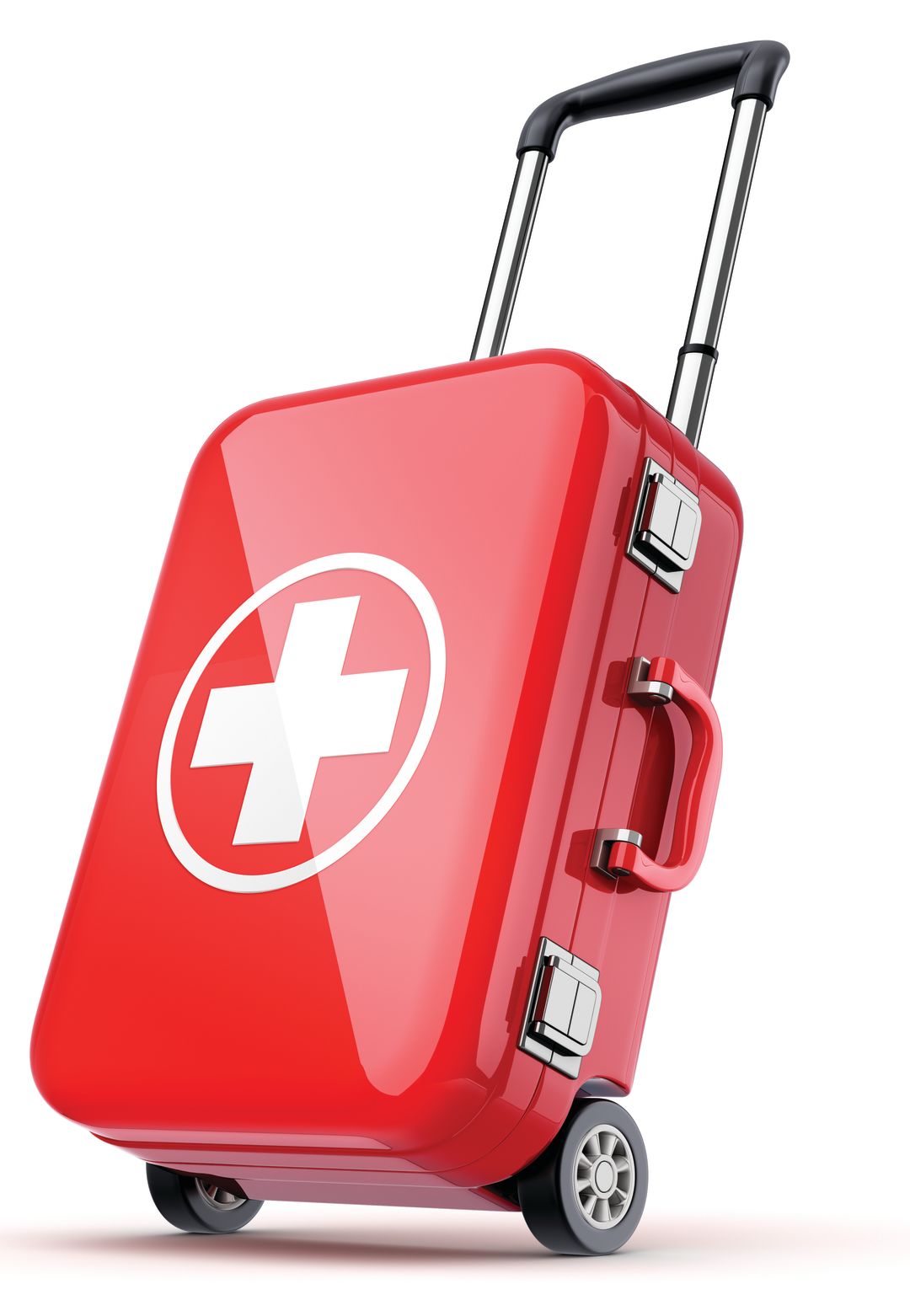Sarasota's Medical Tourism Sector Faces Opportunities and Challenges

Image: Shutterstock
Health care isn’t just one of the region’s top employers, it’s also a player in the tourism sector. For evidence, look no further than the Dattoli Cancer Center Wall of Fame on the second floor of the center’s Sarasota headquarters. Scrawled on top of a huge drawing of the Sarasota skyline, you’ll find thank-you notes from patients who have come from around the country and from all over the world—Saudi Arabia, Barbados, Colombia and Uruguay—for the center’s innovative, nonsurgical prostate cancer treatment.
About half of the center’s patients live within a 50-mile radius, says Virginia Carnahan, Dattoli’s director of marketing and development. Another 40 percent come from elsewhere in the United States, and the final 10 percent visit from overseas. With an average of 400 patients each year, that means Dattoli is attracting about 200 men to the region each year, and they stay for extended periods. Dattoli’s typical therapy course takes two months, with 20-minute daily appointments at the center. Because the treatment doesn’t limit a patient’s range of activities much (horseback riding and biking are verboten, but that’s about it), Dattoli patients are often hitting the golf course, embarking on fishing trips or walking St. Armands Circle.
“If you’re going to have to spend two months getting treated for prostate cancer, what better place than Sarasota?” Carnahan asks. It’s a win-win: for patients, who get to recuperate in a good-weather spot lush with fun activities, and for local hospitality businesses that benefit from an influx of visitors with a lot of free time to kill and the wealth to spend two months away from work and home.
In this sense, Dattoli’s work falls under the rubric of medical tourism, a broad term that includes niche treatment facilities, as well as recovery and recuperation visits, medical conferences and specialty research projects. A draft research paper put together by the Florida Chamber Foundation in 2016 estimated the global medical tourism market at $100 billion. According to the authors, Florida sees between 300,000 and 400,000 medical tourists each year—activity that generates $6 billion in medical expenditures alone.
Perhaps the region’s biggest medical tourism draw is in North Port, where Warm Mineral Springs saw more than 96,000 visitors during its most recent fiscal year. The springs, which stay at 87 degrees year-round, attract visitors from around the world. The City of North Port, which owns the 81-acre property, doesn’t track where visitors come from, but the springs are particularly popular among Eastern Europeans, who come to soak in the waters, which some say have healing properties. For years, local leaders have floated the idea of upgrading the springs’ facility and adding amenities like a hotel and spa. The city is currently looking at proposals to protect the springs’ historic buildings while adding attractions like camping sites, trails, an open-air space for festivals, events and more.
Individual providers and facilities are thriving, but it may not be feasible for our region to develop a deeper brand as a health care destination. In 2011, Visit Sarasota County conducted surveys of local health care providers. Visit Sarasota County president Virginia Haley says her office decided it didn’t have a role to play in promoting medical tourism. Facilities like Dattoli are a draw to patients because they offer niche treatments that people can’t find in their hometowns, not because patients are looking to go on a trip. “It is all about the reputation and relationships of the physicians and medical facilities,” says Haley.
That’s true for Sarasota’s Silverstein Institute, specializing in minimally invasive ear surgeries and implants. Drs. Herbert Silverstein and Jack Wazen publish frequently in scientific journals and attend conferences throughout the year, networking with physicians around the world, who then recommend trips to the institute for appropriate cases.
The Silverstein Institute at one point partnered with other health care providers to launch a website, Florida Medical Retreat, that was intended to link together specialty physicians, local hospitals and luxury accommodations, but the partnership didn’t generate much interest, says Jennifer Moss, the institute’s communications director. “It fizzled,” she says. Patients aren’t looking for a full range of health care treatments; they just want their particular needs addressed.
That leaves individual providers responsible for identifying potential patients. But even more importantly, they must offer services that are effective. Just as in other tourism sectors, word-of-mouth rules in the medical world, says Dattoli’s Carnahan. “We take such good care of our patients,” she says, “and they become Dattoli disciples.”



